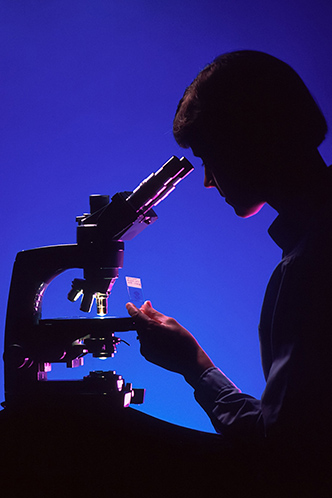Researchers from the University of Nottingham’s Faculty of Engineering and Technical University of Denmark (DTU) are set to collaborate for the first time on a project that could minimise our global carbon footprint through the recovery of rare earth elements in waste.
Metals are an essential part of modern-day life, even our smart phones are pocket-sized vaults of critical metals containing several rare earth elements that produce colours, give the screen its glow, or make up the magnets in the speakers. However, there is only a finite supply and, currently, these are mainly accessed through mining, which has a detrimental impact on the environment.
To reduce global reliance on critical metal mining, Nottingham and Denmark have received a six-figure investment from the Engineering and Physical Sciences Research Council (EPSRC) for Project BEAR, to identify a new efficient, low-cost, environmentally friendly solution to recover these precious metals.
Dr Helena Gomes, Assistant Professor in the Faculty of Engineering at the University of Nottingham, said: “Our ultimate goal is to create a circular economy by using metal-tolerant bacteria isolated from different environments and exploit their capability to dissolve metals in a reactor with a low-level electric current. To do this, we’re going to combine two different technologies – bioleaching and electrodialysis.
“Bioleaching uses acid-producing bacteria to solubilise metals from various wastes, but it can be a slow process, which is where electrodialysis comes in. It uses low-level electric currents to transport and separate the metals much more quickly.”
Dr Gomes continued: “In this project, we are also looking at valorising the residues after metal recovery as construction materials, for closing the loop.”
The two-year project will see several exchange visits between the two institutions, where each team can benefit from the other’s expertise and facilities through a series of collaborative workshops and industry visits. Dr Gomes added: “Being selected by the EPSRC to undertake this research has been no small task as it’s a fiercely competitive field. So, I’m incredibly proud of both our teams for securing the funding and look forward to working closely with the team at DTU in the years to come.”"Source: India Education"




